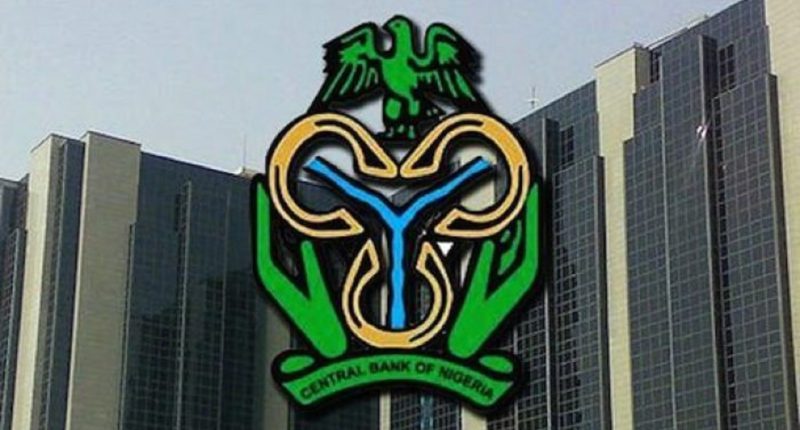On Tuesday, the Monetary Policy Committee (MPC) of the Central Bank of Nigeria voted to once again and for the fourth time this year increase interest rate (MPR) from 15.5 percent to 16.5 percent; the highest level since 2001. The MPC noted that the tightening will help restore investors’ confidence whilst battling the country’s inflation rate of 21.09 percent as of October 2022.
State of play
Interest rates and inflation rate are closely related and one explains the other. Inflation and interest rates usually move in a parallel direction; implying when one rises, so does the other, and when one falls, so does the other.
As inflation rises, it becomes more expensive to borrow money, because interest rates also rise; this then makes less money circulating in a country’s economy. And vice versa.
- Usually, an increase in the interest rate projectively encourages customers to increase savings, which in turn serves a contractionary monetary purpose. However, in Nigeria’s economy, any money saved loses its purchasing power as the fundamental causes of the current inflation rate are not being tackled head on.
- Ultimately, this means that as the inflation rate rises above the interest generated on savings, the customer loses money. Rise in inflation deteriorates a consumer’s purchasing power.
Global scope
With inflation rates in several nations reaching multi-decade highs, many central banks have announced interest rate increases in 2022. Countries hope to encourage saving and slow consumption by increasing interest rates.
- The United States of America and United Kingdom, who both raised their interest rate in Q3 and Q4 of 2022, respectively, have their rates at 3 percent each.

